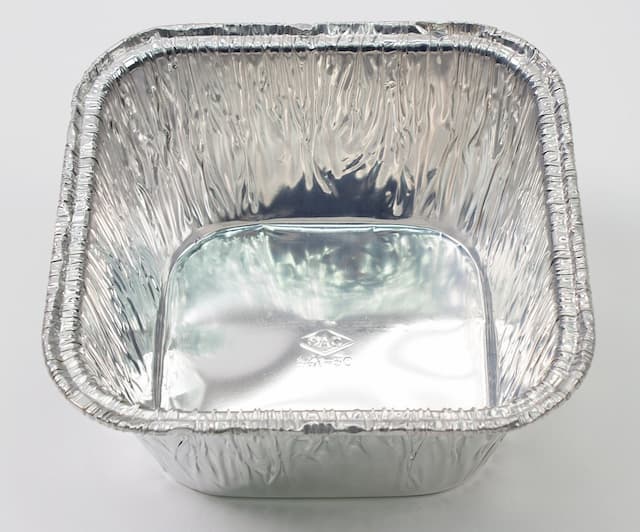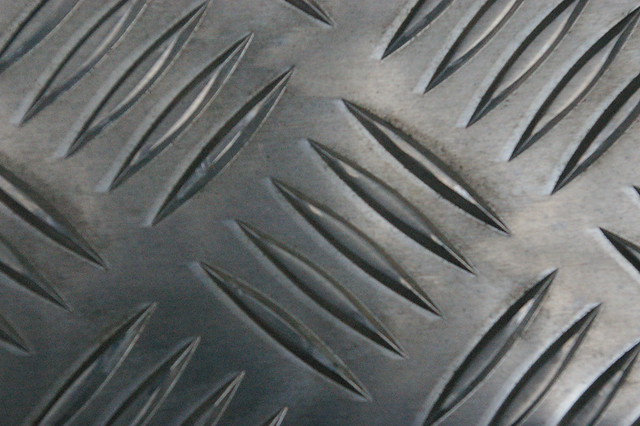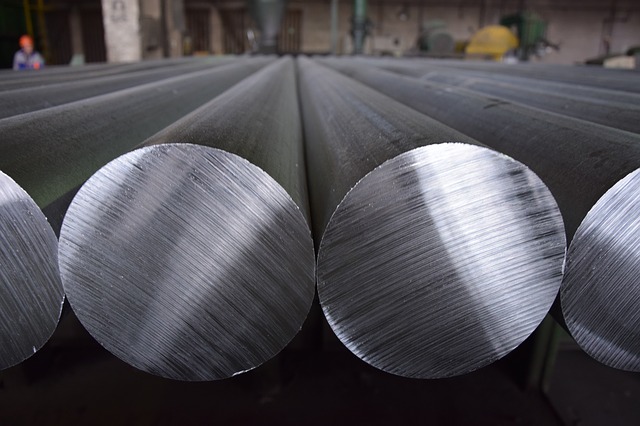Different aluminium grades see a lot of use in engineering. While steel is more common, aluminium has cemented its place for many applications. Even though aluminium laser cutting is a little more complex.
The reason for its success is in the mechanical properties of the material – they are resistant to corrosion and heat, good electric conductors, non-magnetic metals, lightweight while being relatively strong and inexpensive.
Many of these qualities vary between the aluminium grades, though. Therefore, it is important to make a distinction between each one before making a selection to fit your needs.
Aluminium Alloy Grade Series
You have probably seen aluminium 5083 or aluminium 1050 grades. Those two belong to separate grade classes. Let’s take a closer look what values does each of them bring to an engineer’s table. Note that all of those are AW aluminium grades. AW stands for aluminium (A) that is deformable (W for wrought), as opposed to cast iron. We only concentrate on AW because it find more use in the engineering world.
1xxx Aluminium Grade Series
Main alloying element: Nothing. Pure aluminium (99% or above).
Material properties: Excellent corrosion resistance and workability. High thermal and electrical conductivity. Low strength.
Uses: Commonly in chemical and food processing industries for the corrosion resistance qualities. Also, parts have difficult bends or need excellent electrical conductivity
Heat-treatability: No
2xxx Aluminium Grade Series

Main alloying element: Copper
Material properties: Needs heat treatment for best properties. High strength combined with toughness. Also known as duraluminium. Aluminium corrosion is a possibility here and not as great workability.
Uses: Often known as aircraft-grade aluminium, some uses include aircraft structures and propellers but also automotive parts and screw fittings. Great for high strength-to-weight ratio structures.
Heat-treatability: Yes
3xxx Aluminium Grade Series

Main alloying element: Manganese
Material properties: About 20% stronger than 1xxx series. Moderate strength, good corrosion resistance and workability properties.
Uses: Widely used general-purpose alloy for moderate-strength applications that require good workability. Heat exchangers, cooking utensils.
Heat-treatability: No
4xxx Aluminium Grade Series
Main alloying element: Silicon
Material properties: Silicon, a metalloid, brings down the melting point of this aluminium alloy grade without causing brittleness. Higher wear resistance.
Uses: Mostly used for brazing and welding aluminium constructions because the melting point is lower than the base metal’s. Also used in architectural applications due to its dark grey colour after anodising.
Heat-treatability: No
5xxx Aluminium Grade Series

Main alloying element: Magnesium
Material properties: Moderate to high strength, good weldability and corrosion resistance in marine environments. Hence, it’s also known as marine-grade aluminium.
Uses: Very wide range of uses because of great qualities – constructions, storage tanks and pressure vessels, electronics and beverage cans.
Heat-treatability: No
6xxx Aluminium Grade Series
Main alloying elements: Silicon and magnesium
Material properties: High formability, machinability and weldability. Medium strength (lower than 2xxx and 7xxx) and good corrosion protection.
Uses: Most versatile of the heat-treatable aluminium alloys. Used in aircraft, automotive and marine applications. Also architectural applications as a structural material.
Heat-treatability: Yes
7xxx Aluminium Grade Series
Main alloying elements: Zinc and magnesium
Material properties: Highest strength when heat treated. Good corrosion resistance. Mediocre weldability and formability.
Uses: Aircraft structures, mobile and hydraulic equipment and other high-stress parts.
Heat-treatability: Yes
- Personal account manager
- Quality assurance
- Payment terms for companies
- On-time delivery by Fractory
Aluminium Grades
Now we are going more specifically into some of the aluminium grades that are most often ordered through our online sheet metal manufacturing platform. You can see the slight differences inside the grade series, like 5xxx, by comparing the aluminium alloys to each other.
Aluminium EN AW-1050

Aluminium alloy 1050 is a widely used aluminium grade for sheet metal forming. Although the strength values are low, its great corrosion resistance and high ductility make it a great fit for many applications. Another reason to use it is the nice reflective surface aluminium 1050 provides. The most common temper type is H14 – work hardened by rolling to half hard, not annealed.
Some uses include lamp reflectors, food containers, architectural flashings, electrical industry appliances and heat exchangers,
Aluminium 1050 mechanical properties in H14 condition:
| Mechanical property | Value |
|---|---|
| Yield strength | 85 MPa |
| Tensile strength | 100 MPa |
| Hardness | 34 HB |
Aluminium EN AW-5052
Has the highest strength from the common non-heat-treatable aluminium grades and has a comparatively better fatigue strength. Its great corrosion resistance makes it a good fit for solutions in marine environments. Good formability and weldability, acceptable machinability. Also offers good resistance to wear. The common temper type is H32 – work hardened by rolling + stabilised by low-temperature heat treatment for quarter hardness.
Aluminium grade 5052 uses include marine and transportation industry parts, roadsigns, irrigation, rivets, food processing units and cooking utensils.
Aluminium 5052 mechanical properties in H32 condition:
| Mechanical property | Value |
|---|---|
| Yield strength | 193 MPa |
| Tensile strength | 228 MPa |
| Hardness | 61 HB |
Aluminium EN AW-5083
Aluminium 5083 is famous for exceptional resistance in extreme conditions. It is able to survive in environments containing salty seawater or industrial chemicals. Another reason to use this aluminium grade is that AW-5083 retains outstanding strength after welding. Although high strength is its quality, it’s not recommended to use it at temperatures above 65°C.
Some use cases for AW-5083 include marine constructions, automotive and railcar parts, truck body parts and pressure vessels. The common temper type is H111 – work-hardened by shaping process but less than H11 temper.
Aluminium 5083 mechanical properties in H111 condition:
| Mechanical property | Value |
|---|---|
| Yield strength | 145 MPa |
| Tensile strength | 310 MPa |
| Hardness | 75 HB |
Aluminium EN AW-5754

Another non-heat-treatable aluminium. Has very good corrosion resistance, making it suitable for marine and offshore applications. 5754 aluminium has good weldability. Also suitable for decorative anodising.
Examples of EN AW-5754 uses include shipbuilding and the automotive industry. Rivets and treadplates are often made from aluminium 5754. Also used in food processing equipment and nuclear/chemical structures. The common temper type is H22 – work-hardened by rolling and then annealed to 1/4 hard.
Aluminium 5754 mechanical properties in H22 condition:
| Mechanical property | Value |
|---|---|
| Yield strength | 190 MPa |
| Tensile strength | 285 MPa |
| Hardness | 78 HB |
If you’re looking for someone who could offer great quality metal fabrication for aluminium, you’ve arrived at the right place.



